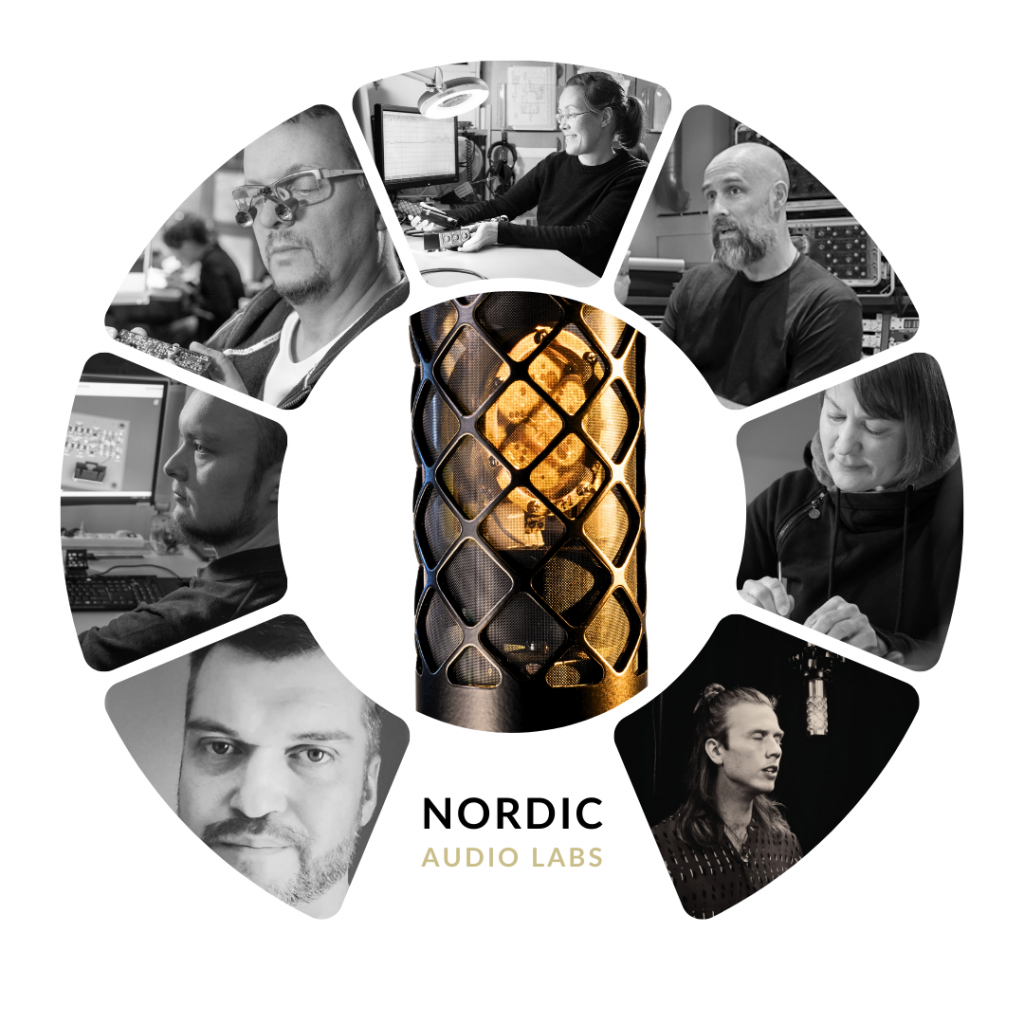
About
Nordic Audio Labs started as a seed of inspiration about 30 years ago, when Martin Kantola, our Head Designer and CEO, started building his first microphones. From the beginning the inspiration was his personal 1953 Neumann U47 and in a more general sense the great, classic tube microphones’ ability to capture emotion into a recording.
In 2019, after building microphones for many years at the highest level using the conventional ingredients, tubes and transformers and capsules based on classic designs from Neumann, Martin developed his own capsule design from the ground up. By ear first, just like Georg Neumann back in the day. Trial and error, one capsule after the other, at the rate of a new version a day. And in contrast to most other condenser capsules out there today, it is not at all based on the classic German designs. But instead walking a different path. Next, the tubes and transformers were replaced by proprietary circuit designs emulating the sonic behaviour of tubes, so today we are able to offer microphones that can be built with easily available modern parts. Yet that still speak with an emotional voice like the old classic tube microphones. A new path through the forest.
For much of this journey it was Martin on his own, pushing along, chasing his vision, until the mission also engulfed his family, his wife also giving up her job as a classical violinist in 2019 to join the microphone building quest. Today we are a team of 7 dedicated individuals, spread across several countries, excited to offer these beautiful tools to recording artists and engineers across the world.
Boutique microphones, hand made in Finland, blending timeless craftsmanship with leading edge innovation. Capturing not just the sound, but the soul of every performance.
The Nordic Audio Labs Team
Martin Kantola
Suvi Kantola
Ville Kiiski
Renja Hakala
Boris Sass
Dewald Visser
Erik Sjöholm
A new way through the forest
Nordic Audio Labs was first inspired in the mid 1990s when Martin Kantola came into the possession of a 1953 Neumann U47 microphone. It was in need of some repair and parts which he promptly sourced, and upon eventually powering up the microphone, the beginning of a long path opened up before him. The way this microphone’s sound sang with emotive power literally enthralled Martin and set in motion a quest.
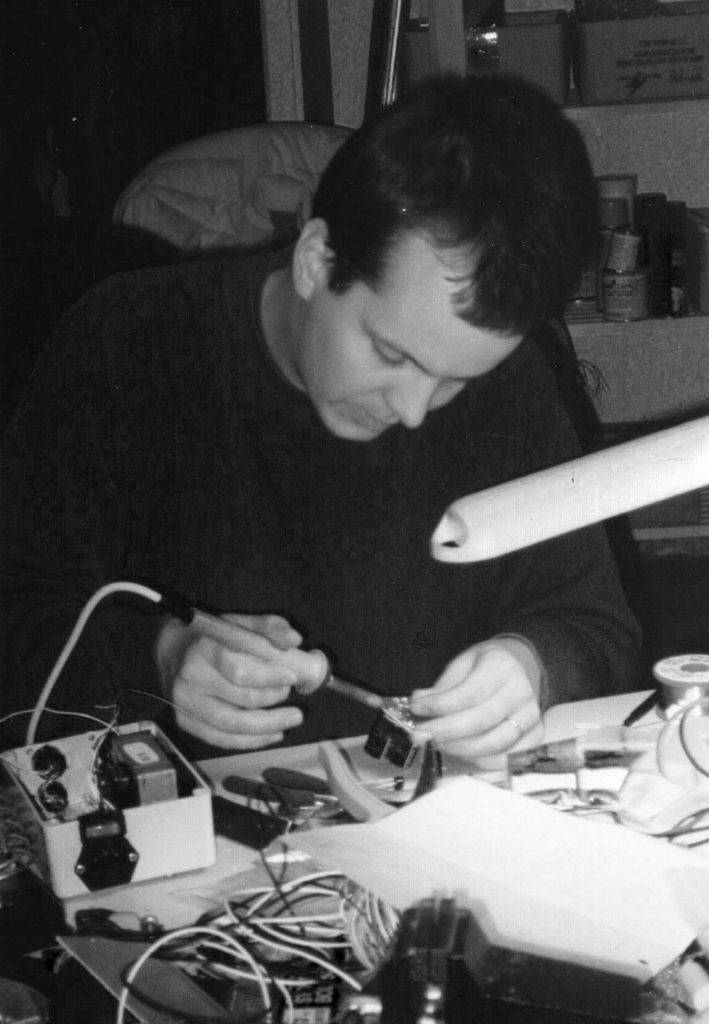
At first, this challenge was defined reasonably concisely: attempt to recreate the feeling of this very 1953 Neumann U47 in a new microphone. So Martin started building, initially with mostly conventional parts. Over time, the challenge pulling Martin along grew into one of more generally bringing forth the musicality found in old classic tube condenser microphones. But using new, readily available components and new, innovative technology to replace the old recipes. To produce a new classic microphone. The focus remaining on the microphone bringing those same amounts of emotional affectation to the table, just like the old classics did. Whilst employing new, groundbreaking technology that was to be designed, built and manufactured all in house. Including capsules and bodies. No small task. Keeping all the emotional capture capacity of the great tube microphones that were designed by ear to convey emotion to humans. But a completely new way. A new way through the forest.
“Nature is my reference. Walking in the woods tells me what it should sound like and it’s something very hard to put in words, but I try to work with texture. “
Martin Kantola
Early Stirrings
Born in Turku, Finland in 1968, Martin’s interest in electronics and building things started very early, resulting in cassette recorders turning into tape delays and telephone receivers into spring reverbs even before age 10. And a lot of associated, disassembled debris. At age 10 as he put it, he ‘discovered music’, and the realisation hit that he could become a part of making it. The excitement of this led to an all out musical push including voluntary piano lessons, begging his father to teach him how to play guitar, and soon after joining a band playing electric bass. At age 11 he managed to fix the family washing machine and his parents duly forgave all the electronic debris, and have stayed very supportive ever since. The passion train was on the rails.
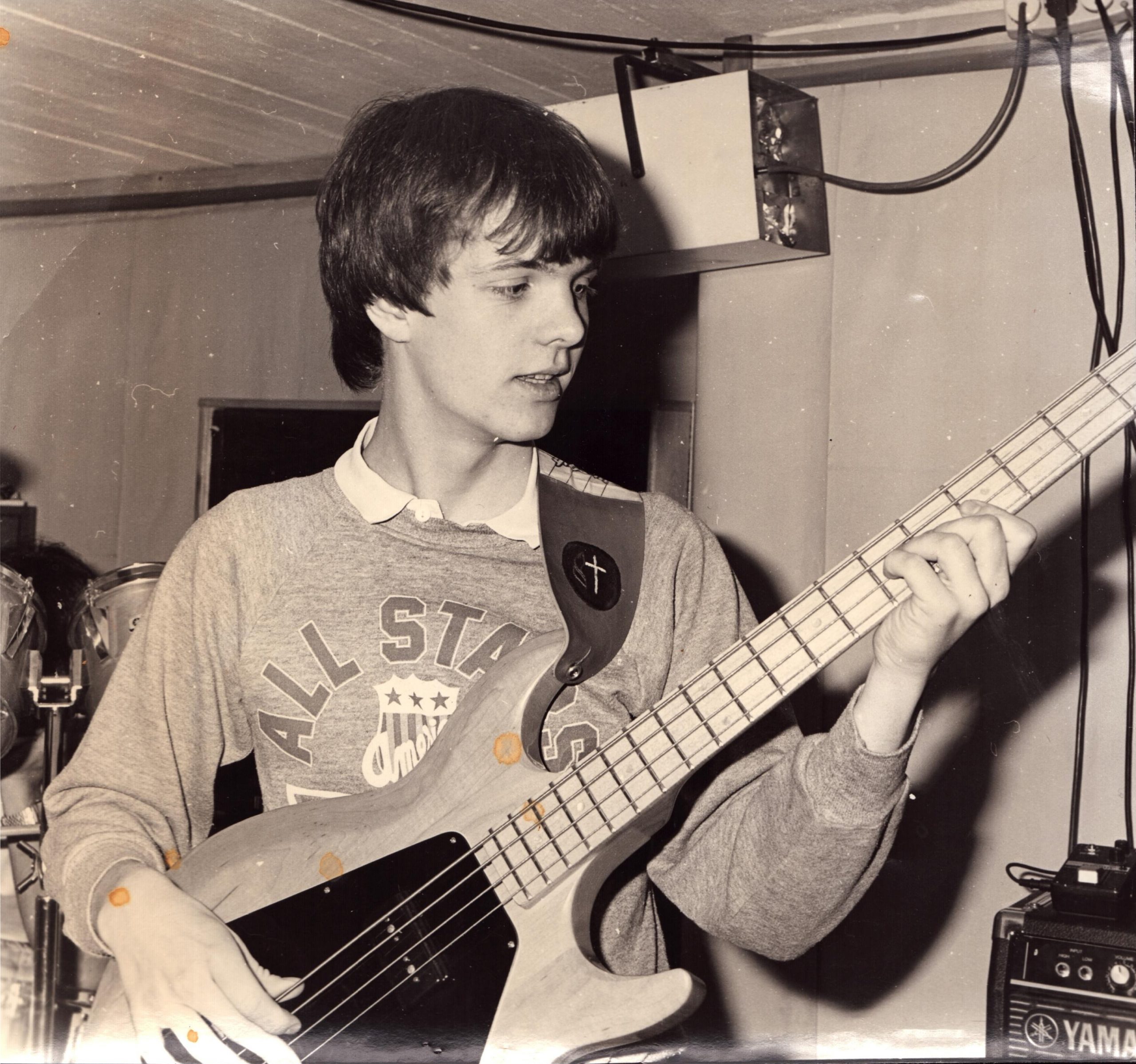
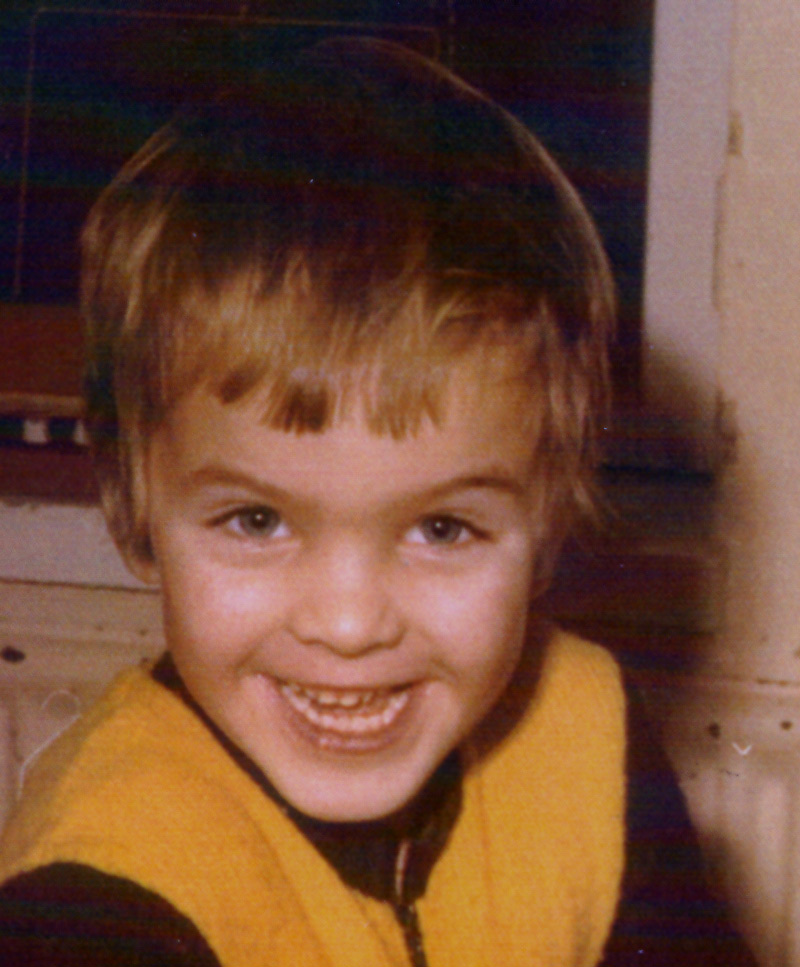
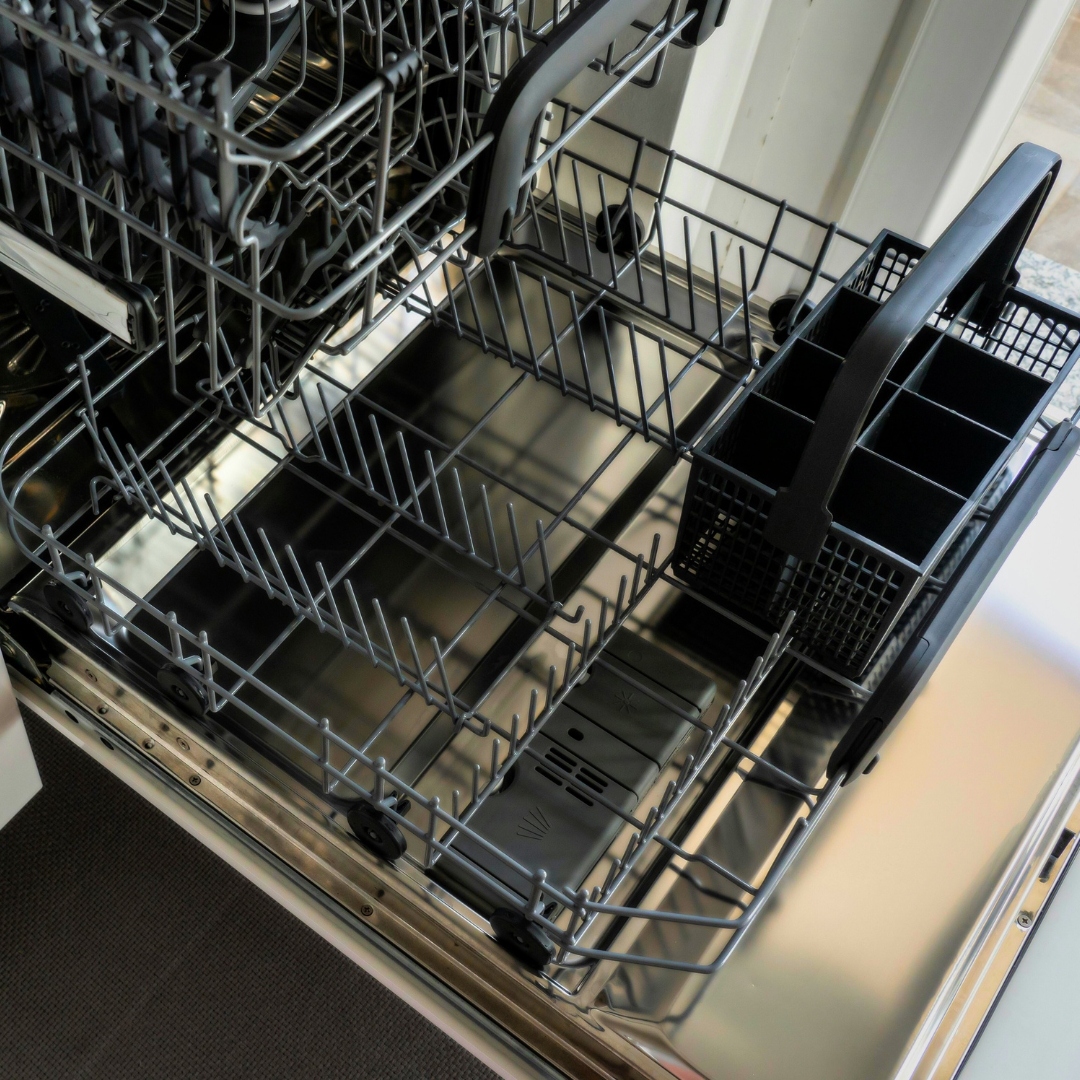
A Sound Engineer forms
In 1987, now aged 19, studying for college exams was outranked by the challenge of building an audio interface for his computer. Including audio effects written in machine code. A project which turned out far more successful than the exams. Followed swiftly by the notion that the way forward was to combine the love of music and technology, and to become a recording engineer. After a year long private sound engineering course in Sweden, Martin returned to Finland and managed to get hired by the Finnish national broadcasting company. Working with radio and TV sound in the daytime, and spending evenings recording music or building speakers was the new shape of reality. Some high level classical recordings were made at work including a live direct to stereo recording of the all star string orchestra New European Strings, conducted by violinist Dmitry Sitkovetsy, and much was learned about music and microphone techniques. But really, Martin was drawn towards multitrack recording bands. So after only a year he left the broadcasting company, and started his own business. At first recording in the living room, then moving to a rented space, and finally in 1995 he had his own studio facility and house built side by side in the small village of Karperö, on the west coast of Finland. A high quality studio with large live rooms and control room, residential accommodation, a workshop, extensive microphone cupboard and at the time two Harrison consoles. A 4032c and a 3232AB which had previously lived in Studio B at ABBA’s Polar Studios in Stockholm. Between 1990 and 2011 Martin worked full time as a recording and mix engineer both in the studio and live, across a variety of genres, notable work including recording the legendary acoustic performances by Björk with the Brodsky Quartet at Union Chapel in London in 1999.



The NU-47
In 1997 the first microphone was born, the NU-47. A microphone designed still using conventional components such as the famous old VF14 steel tube and an M7 style capsule. But also otherwise already in highly unusual territory, as the entire body was made from wood, for acoustic reasons. Only three microphones were made at the time. One Martin sent to Bjork, who ended up using it on many of her vocal recordings from the late 90s throughout the 2000’s. Another went to Bruce Swedien, of Michael Jackson engineering fame, who used it on various artists including Jennifer Lopez and Ringo Starr. The third mic remains with Martin to this day.
Bruce
The first time Martin met Bruce Swedien was in 1992, at a masterclass arranged by the Sibelius Academy in Helsinki. Instantly, Bruce left a notable impression on Martin with his attitude towards music and recording. This was to be the beginning of a friendship of mutual respect and admiration. Martin to this day thinks of Bruce as his mentor.
They did not meet again until a few years later in Sweden, but this meeting was brief, and although Martin had his first NU47 microphone with him Bruce only got to see it, but frustratingly there was no time to listen to it. Leading to a funny story: Martin, intent on getting Bruce’s feedback about the microphone, yet finding it tricky to nail down a very busy Bruce, ended up simply asking him what he could do for him. Bruce, now back in Florida, came up with the answer: Bregott Extrasaltat. A Swedish sandwich spread which Bruce loved. If Martin could organise some of that he would take time to check out the mic for sure. So Martin much to Bruce’s delight set about shipping an entire freezer box of Bregott via courier from Finland to Florida, and so next, over went the microphone.
Once Bruce tried the microphone their friendship really began. He was startled with the quality, and from then on became a vital partner with feedback in developing the mic further. Later, between 2007 and 2010 Martin went to Bruce’s 3-4 times a year to teach at the “In the Studio with Bruce Swedien” workshops at West Viking Studios, Florida. Students ranging from amateurs to multi Grammy award engineers.
“WOW!!! What a microphone!!! The NU47 is an extremely high quality, prototype Microphone designed and built by my good friend Martin Kantola …Both Martin and I are fascinated by the Art of Microphone Design. The basic concept behind the NU47 was to make the most capable hyper-fidelity Microphone possible, designed expressly for the recording of featured Solo Sound Sources in modern music recording. Of course, it’s a fantastic vocal microphone. There have been only three NU47’s made. One was made for Icelandic singer Björk, who absolutely loves the sound of this incredible new microphone. She told us that, ‘It captures both the small and the big sounds that I make!’ Martin has one, and I have one…“ Bruce Swedien
A Decade of Microphones
The next microphone to be born was the SWE#1 in 2009, starting a period of yearly microphone releases. Again, in a wooden body and developed with Bruce Swedien, but this time with a custom made square capsule by Pearl microphones in Sweden. This was followed by the solid state Black Pearl in 2010, again around the Pearl capsule. 2011 brought the NU-49, an M49 inspired microphone built around again the M7 capsule, and 2012 the first foray into multi capsule stereo microphones with the NU-880, based around two Pearl capsules. 2013 finally brought a new version of the NU-47, the NU-47V. Now in an actual U47 style body and with an M7 capsule. This was to become the last Nordic Audio Microphone built around a third party capsule.

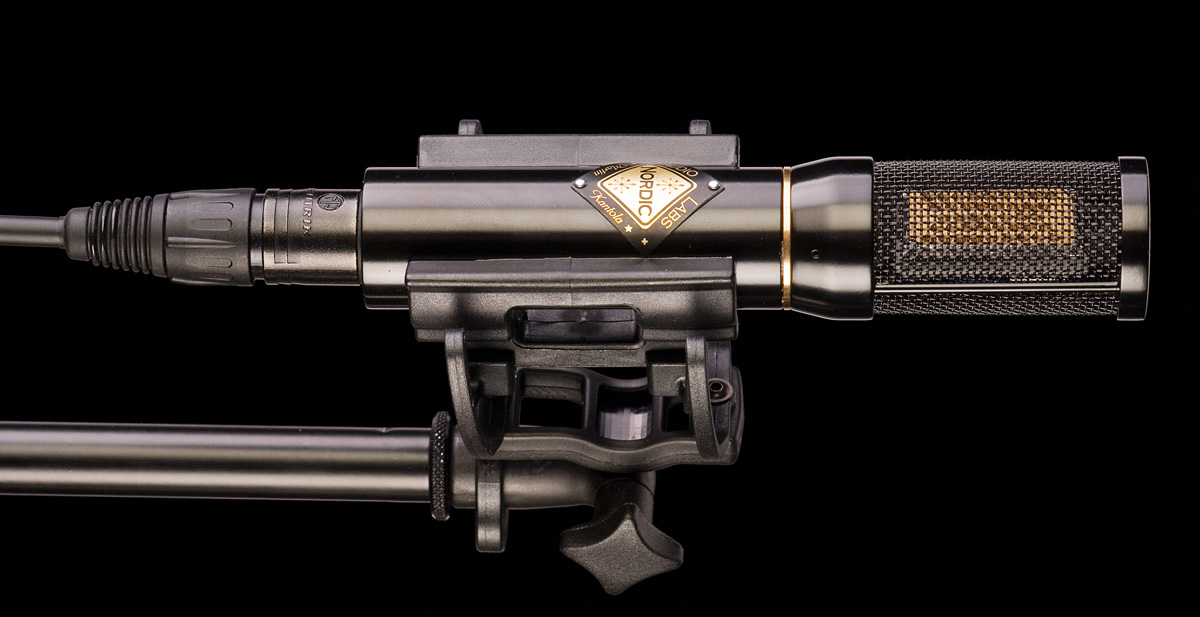
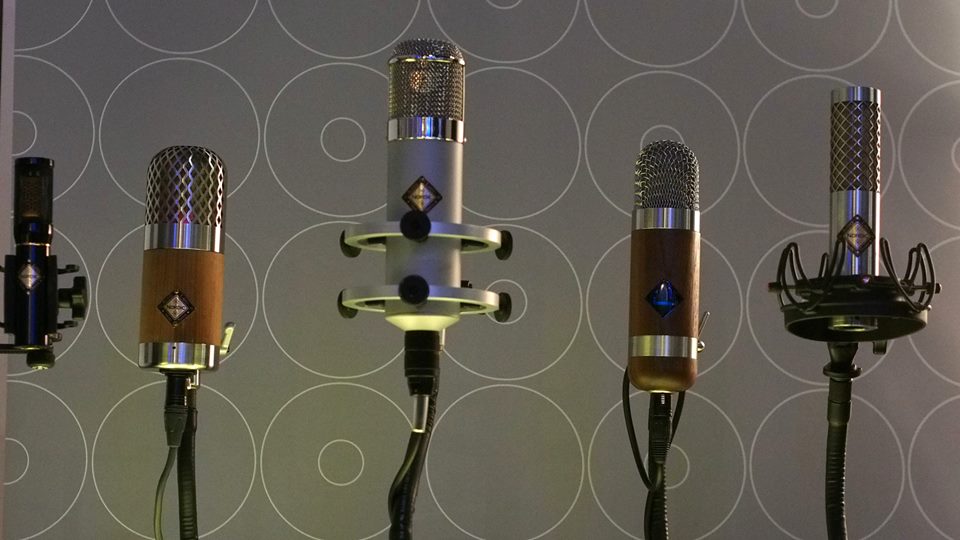
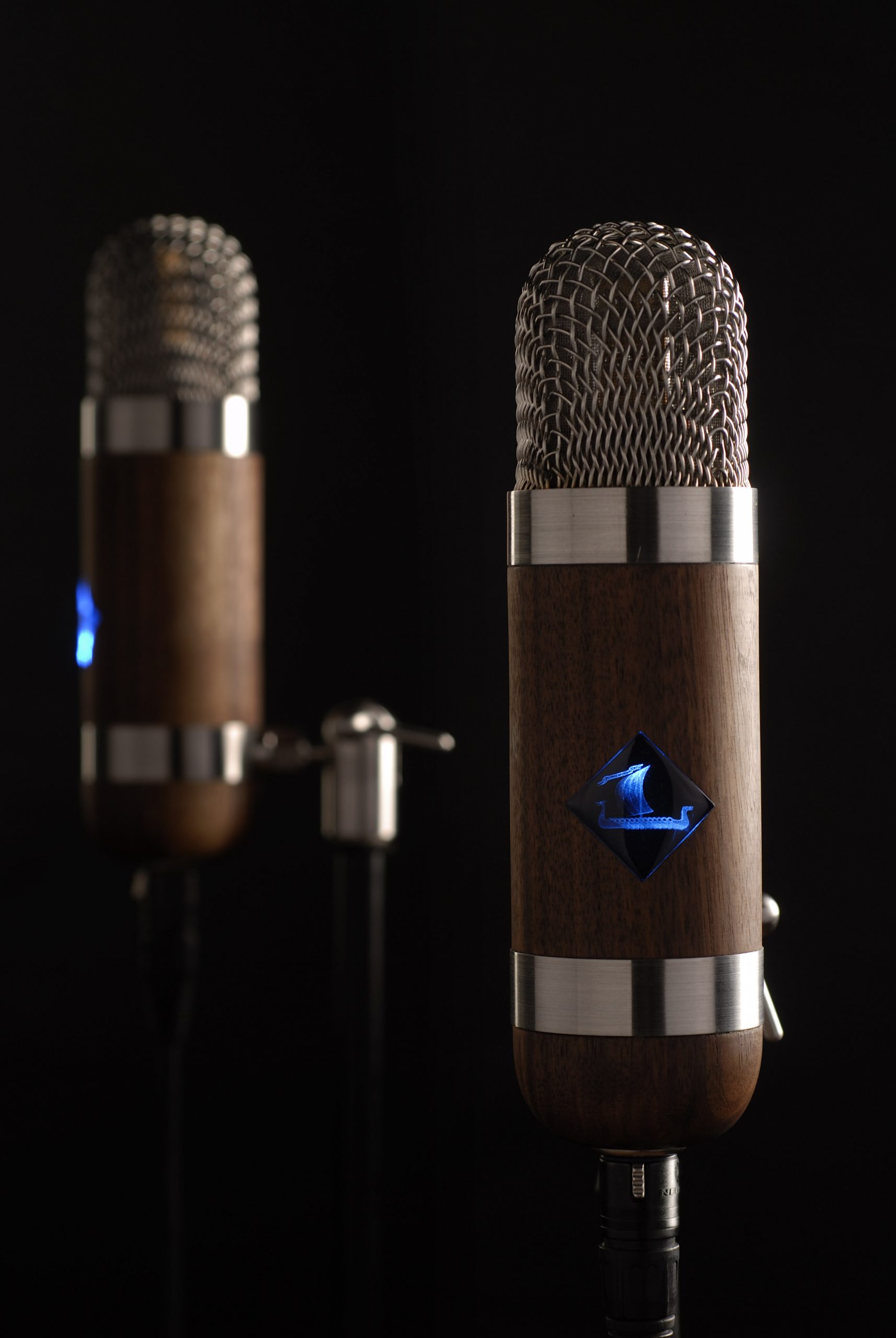
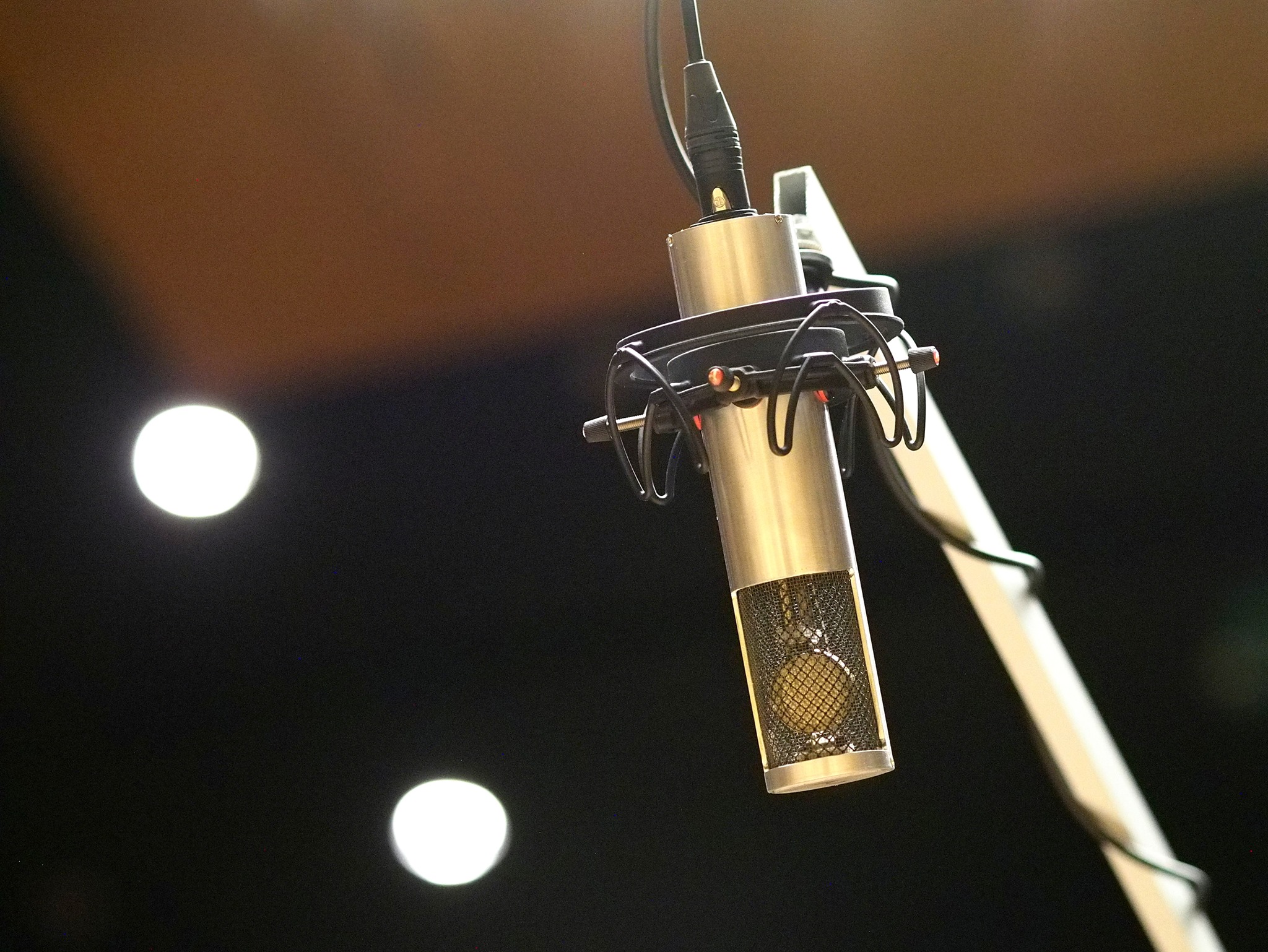


Amphion
2011- 2019 Martin was employed by the Finnish loudspeaker manufacturer Amphion as a product designer, and has since then continued working with the company in a consultant capacity. During his time with Amphion, he was responsible for the design of their entire studio monitoring line, including the latest One25a, a three way active design. A range of speakers, which has thoroughly disrupted the recording studio world, and their white wave guides can now be seen all over, becoming as ubiquitous as the Yamaha NS10’s white drivers used to be. After this he also worked on the Amphion hifi line to bring them closer to the studio monitor range of performance. Amphion studio monitors have also played another important role in Kantola’s microphone designs in that they are the first speaker that he felt he could rely on when developing microphones. Getting the necessary levels of sonic detail and intimacy without having to resort to headphone based listening, which he always had to do before.

The NU-100K
In 2019, additionally inspired by the world wide success of the Amphion monitors, the decision was made to go all in. Martin and his wife quit their respective jobs as a product designer at Amphion and as a professional violinist in an orchestra, to be able to focus solely on what was to become the NU-100K project.
For this microphone even the capsule was to be designed and built in house, and the idea was to incorporate the best attributes of the U47 and ELAM251 microphones’ sound and feel, whilst leaving behind the less desirable attributes. The microphone was to have full support for the body of the voice, both clarity and warmth, with a “silky top end” and a “nice dynamic range”. But without using a tube or a transformer in the design. And it was not to have too “strong” a pre-EQ sound, to enable desirable amounts of shaping to be possible during recording and/or mixing stages. And indeed the designed from scratch capsule used in the NU-100K delivers in new ways. By way of its frequency neutrality lacking problematic peaks that would cause issues after processing, but also by way of its phase response. Allowing more processing without deterioration of sound than previous types of capsules, hence re-writing the rules.
“We are now making this new microphone. It is not just a new model, it is a new type of microphone. And I think I would be bold enough to say that this is a sound that has not been heard before. It is a new sound and very much related to what is inside of it. There is a new capsule in here. This is unique. This is something that has not been attempted before.”
Martin Kantola
The NU-100K was followed in 2022 by the NU-880K multi capsule stereo microphone based around the new capsule design, and the NU-314K true omni microphone, based around a pure pressure omni capsule, leading to a full range of microphones. All designed and built in house, in the studio workshop in the forest in Karperö. And in 2023 another new path into the forest was found, when the latest version of the NU-47 came to life, the NU-47VS3. A microphone with the sound and essence of a Neumann U47, yet without M7 or k47 capsule and also without a tube. The sound of a tube classic, but without tubes and without transformers. Instead again featuring the proprietary Kantola capsule and for the first time, the proprietary FloFET™ circuitry which takes the place of the tube in the microphone amplifier.
What is FloFET™?
FloFET™ is a proprietary, analog circuit which manages to create both harmonics and general transient behaviour one would expect from tube circuits. Only without tubes and without transformers. This way we can enjoy that wonderful, subtle but not subtle tube pillow, but in a new iteration. Same cozy feeling of lending body and flow to the sound, but completely without tubes. Without tubes which are no longer made to their fullest quality today compared to the great tubes of old. Without tubes which always make for maintenance. The great feeling of that tube pillow, yet not a tube or worry in sight. A new way through the forest.
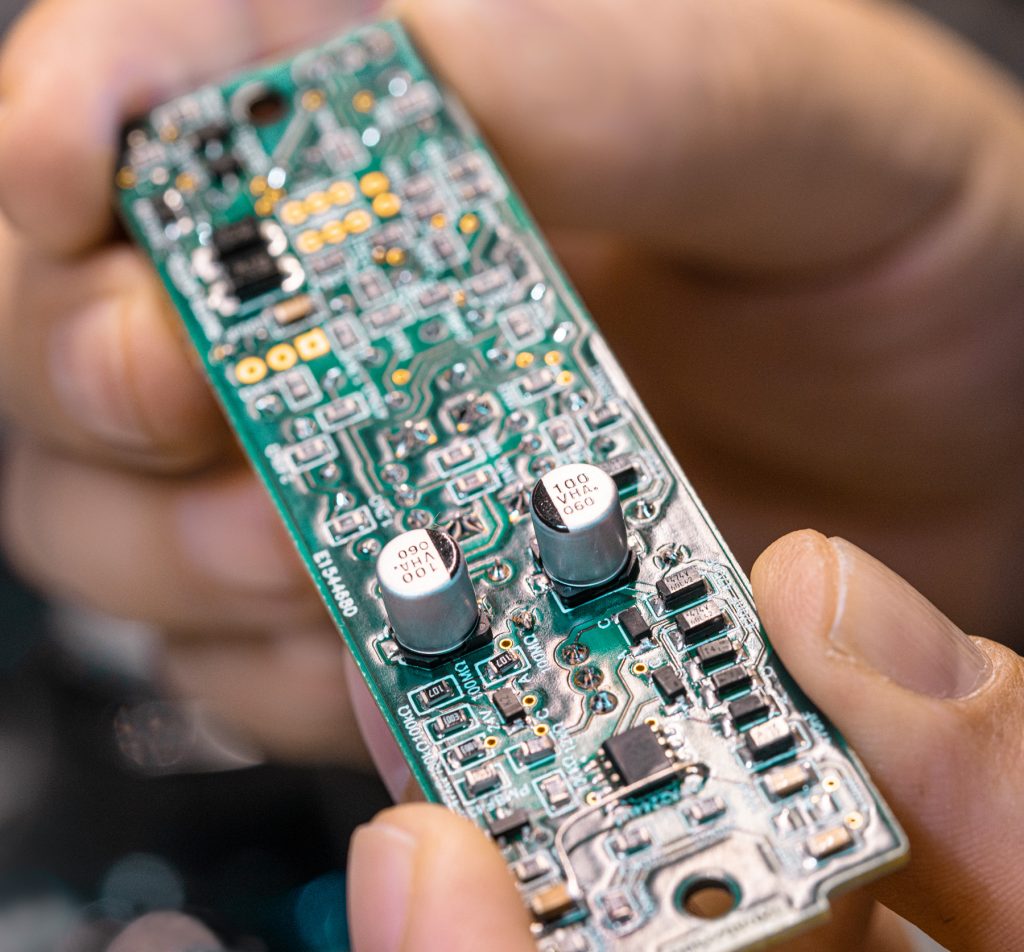
The NU-24K
Arriving in the present yet another new exciting chapter starts with the NU-24K microphone in 2025. Bringing together the proprietary capsule and the new, proprietary FloFET™ technology, into a minimal no frills phantom powered cardioid microphone with a big sound tuned for lead vocals, superb for anything that needs to sound big, detailed and musical. Martin’s capsule backplate metalwork for the first time being produced by a local third party factory, making it possible to now reach many more users. One small microphone with a BIG, expensive sound, at a previously impossible price.